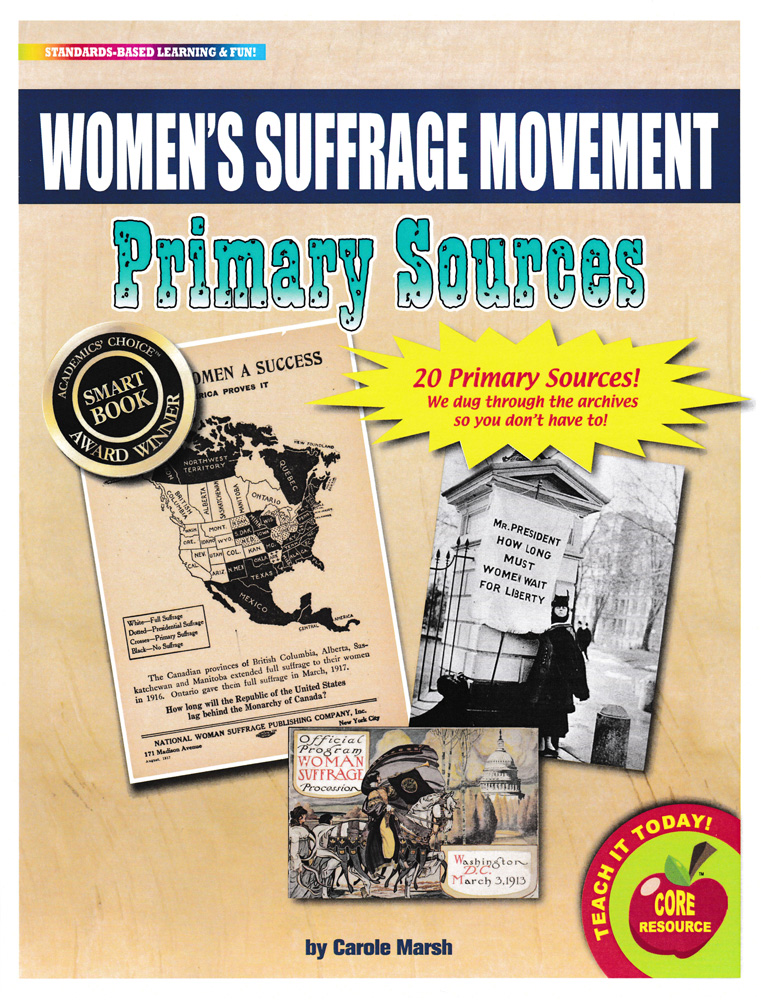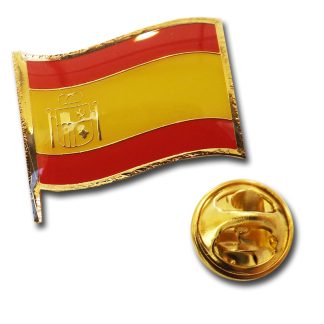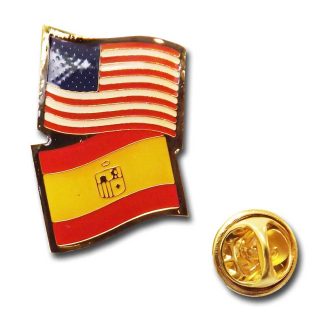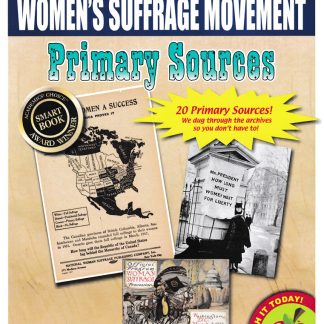Description
Women’s Suffrage Movement Primary Sources /emare just what teachers need to help students learn how to analyze primary sources in order to meet Common Core State Standards!Students participate in active learning by creating their own interpretations of history using historical documents. Students make observations, generate questions, organize information and ideas, think analytically, write persuasively or informatively, and cite evidence to support their opinions, hypotheses, and conclusions. Students learn how to integrate and evaluate information to deepen their understanding of historical events.The 20Women’s Suffrage Movement Primary Sources /emare: Portrait of women’s rights activist Lucretia Mott dash; 1842 Photograph of women’s rights activist Elizabeth Cady Stanton with her daughter Harriot, and an excerpt from her autobiography dash; photo 1856 Portrait of women’s rights activist Susan B. Anthony, and excerpt from her 1872 trial on the charge of illegal voting Photograph showing the arrest of a suffragette in London, England dash; circa 1910dash;1915 Photograph of Woman Suffrage Headquarters in Cleveland, Ohio dash; 1912 British cartoon speculating about why suffragettes refused to eat in prison dash; circa 1913 Cover of official program for National American Woman Suffrage Association procession in Washington, D.C. dash; 1913 Illustration titled Election Day!/emdash; 1909 Political cartoon published in Puck/em magazine titled Shall Women Vote? /emdash; 1909 Cover of Puck/em magazine showing illustration titled The Manicure. In the Era of the Suffragette /emdash; 1910 Photograph of woman selling The Suffragist/em newspaper dash; 1914 Photograph of suffragette holding sign reading ;ldquo;Help us to win the vote;rdquo; dash; 1914 Photograph of people looking at window displays at the headquarters for the National Association Opposed to Woman Suffrage dash; circa 1915 Illustration showing the awakening of American women to the desire for suffrage dash; 1915 Photograph of Carrie Chapman Catt with flags of 22 nations–served two terms as president of the National American Woman Suffrage Association (NAWSA) dash; 1917 Photograph of suffragettes Alice Burke and Nell Richardson in the ;ldquo;Golden Flyer;rdquo; automobile they drove across America to promote women’s right to vote dash; 1916 Photograph of protestor from the National Woman’s Party picketing outside the White House dash; circa 1917 Map showing the spread of the woman’s suffrage movement in North America dash; 1917 Photograph of suffragist march in New York City–marchers display signs containing signatures of over one million New York women demanding to vote dash; 1917 Copy of the 19th Amendment to the U.S. Constitution, granting women the right to vote dash; 1920Your students will: Think critically and analytically, interpret events, and question various perspectives of history. Participate in active learning by creating their own interpretations instead of memorizing facts and a writer’s interpretations. Integrate and evaluate information provided in diverse media formats to deepen their understanding of historical events. Create a more relevant and meaningful learning experience.span style=”color:#FF0000;”Download the Gallopade Free Online Teacher;#39;s Guide for Primary Sources PDF located in “Additional Info.”/spanAll levels. 8 x 11 inches each. Cardstock.




